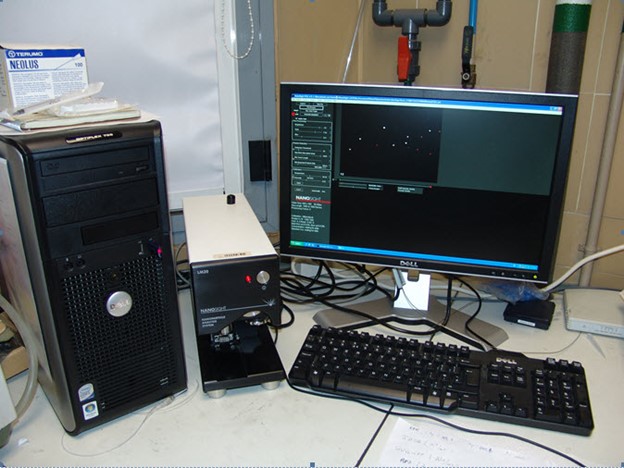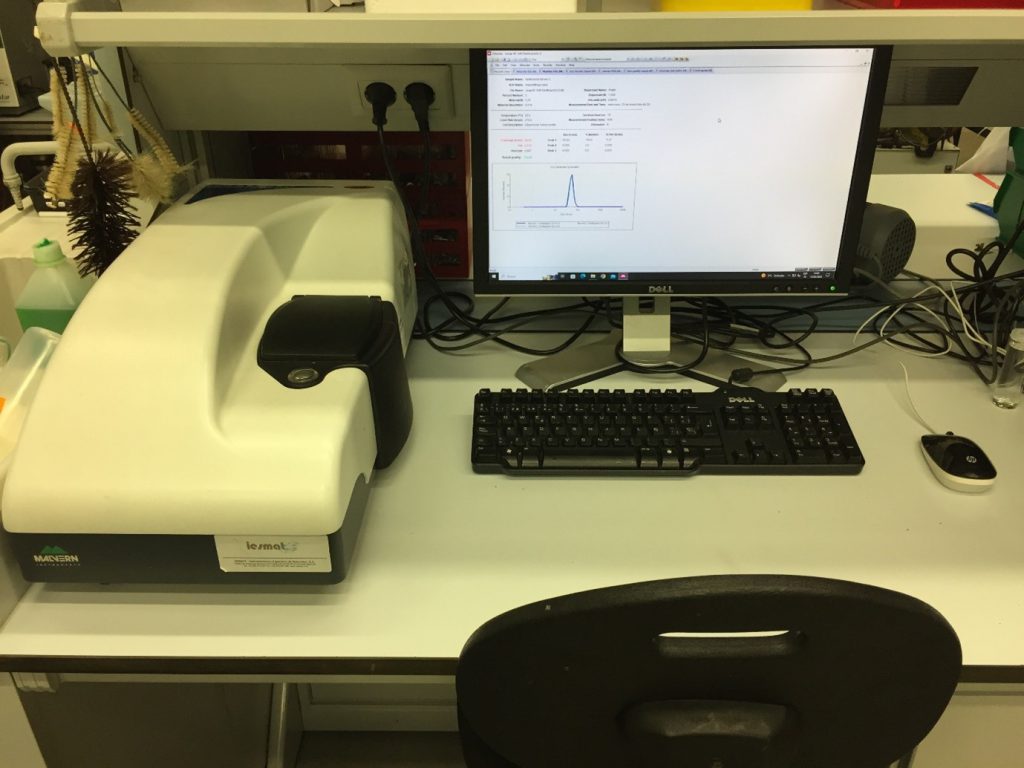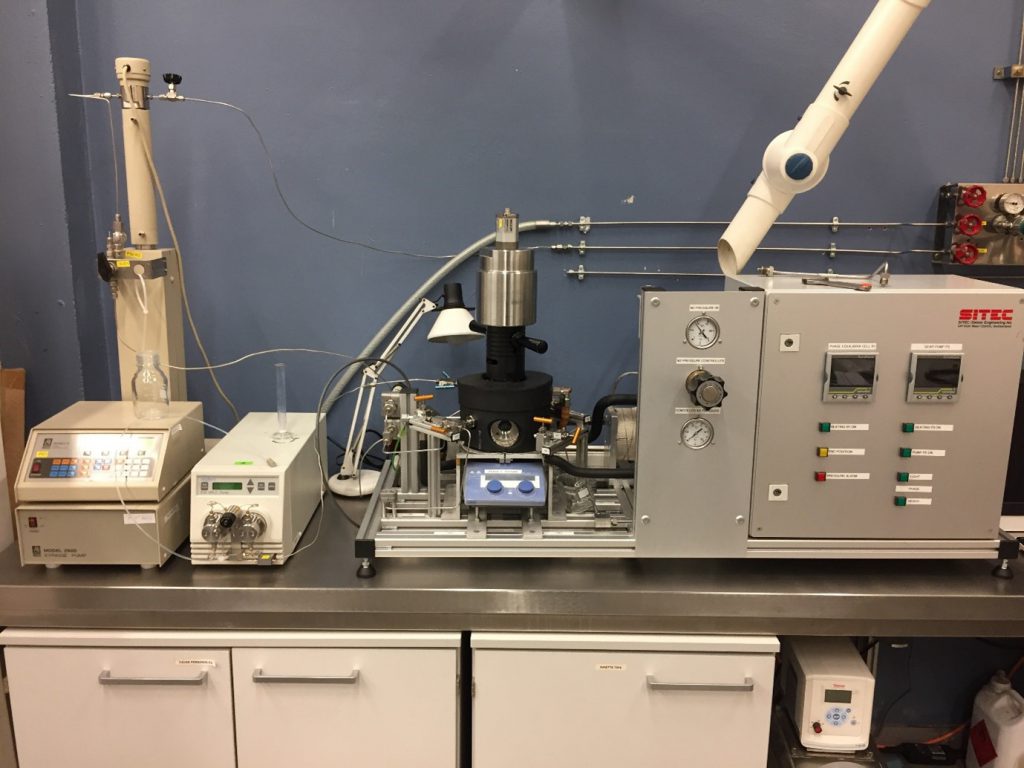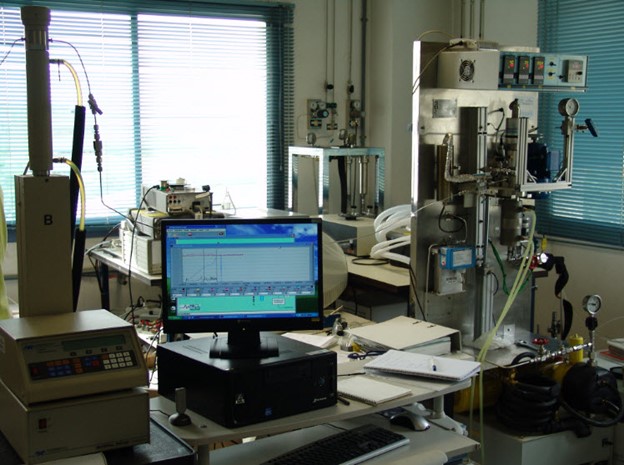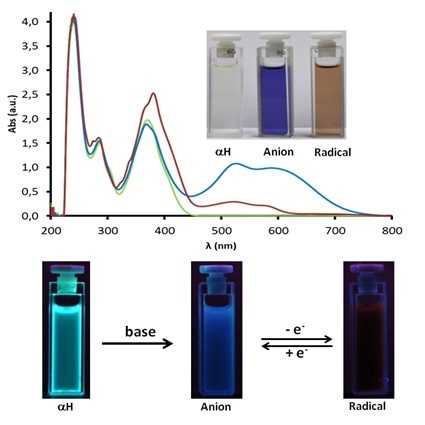U6-E09. Nanosight LM -20 for Nanoparticle Tracking Analysis
Nanosight LM -20 for Nanoparticle Tracking Analysis.
Description: Particle size distribution (from 10 to 1000nm) and particle concentration by real-time visualization of nanoparticles in a liquid
Technical Specifications:
Nanoparticle analysis range: typically 10 nm – 1000 nm, dependent on particle material
Particle type: any
Solvent: any non-corrosive solvent and water. A range of solvent-resistant seals are available.
Sample volume requirements: 0.3 ml
Applications: Particle size distribution and particle concentration by real-time visualization of nanoparticles in a liquid. In addition to biological samples also paints, pigments, sun creams, inks, metals, metal oxides or fuel additives in any non-corrosive solvent and water can be examined with virtually no sample preparation.









